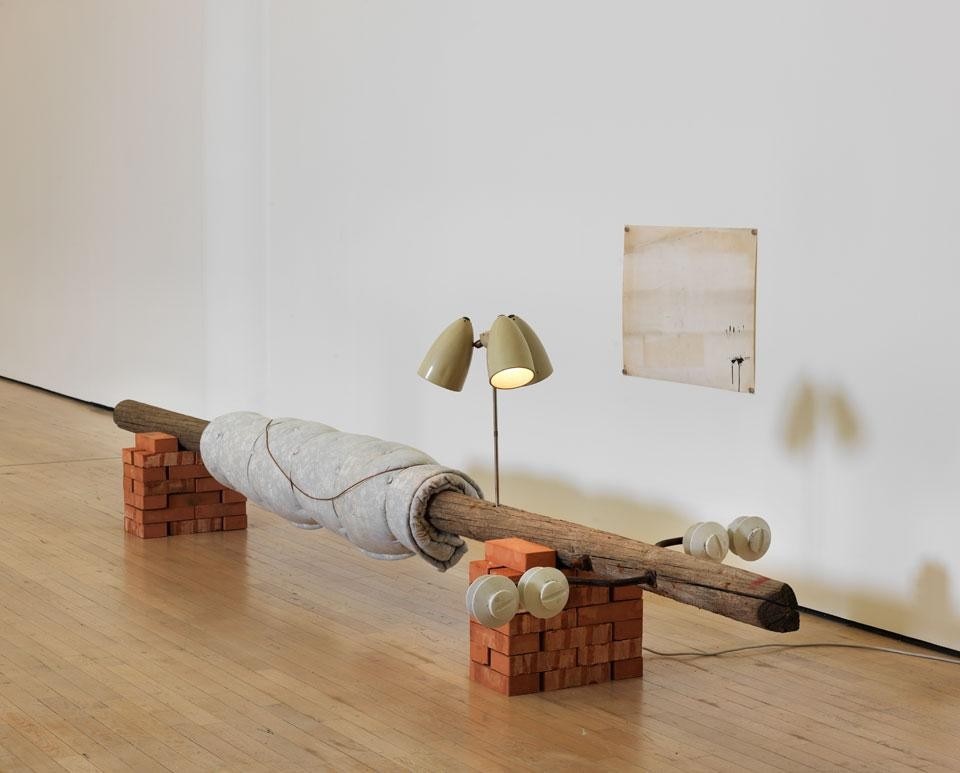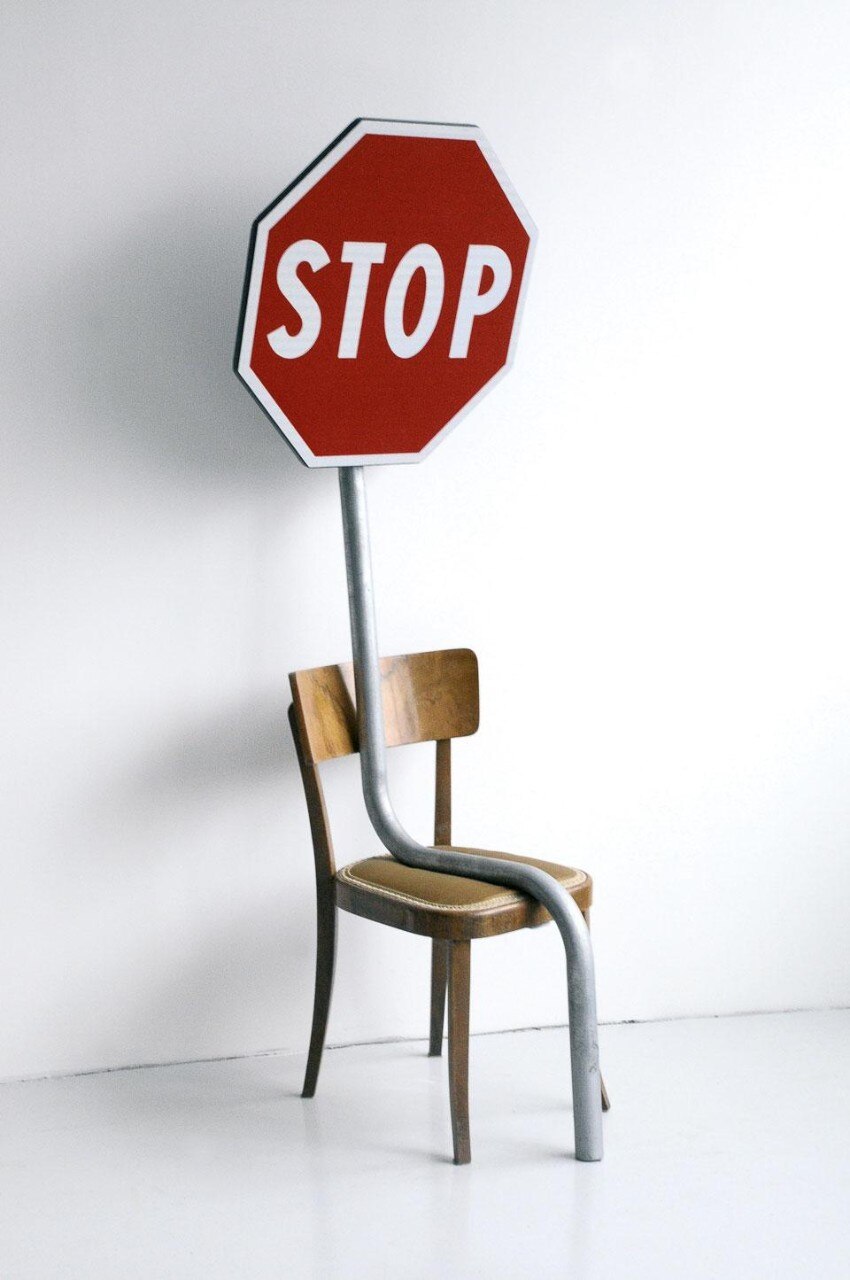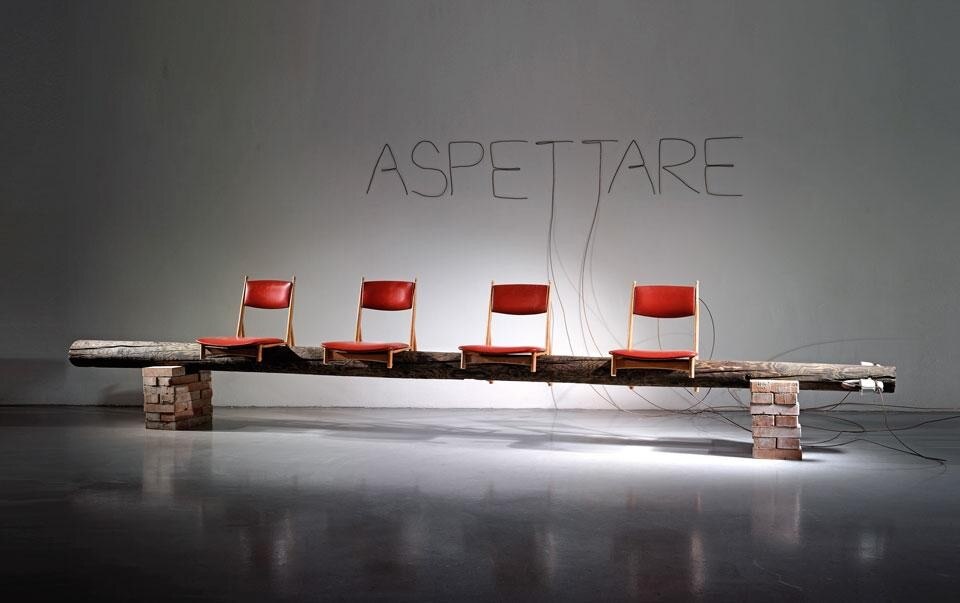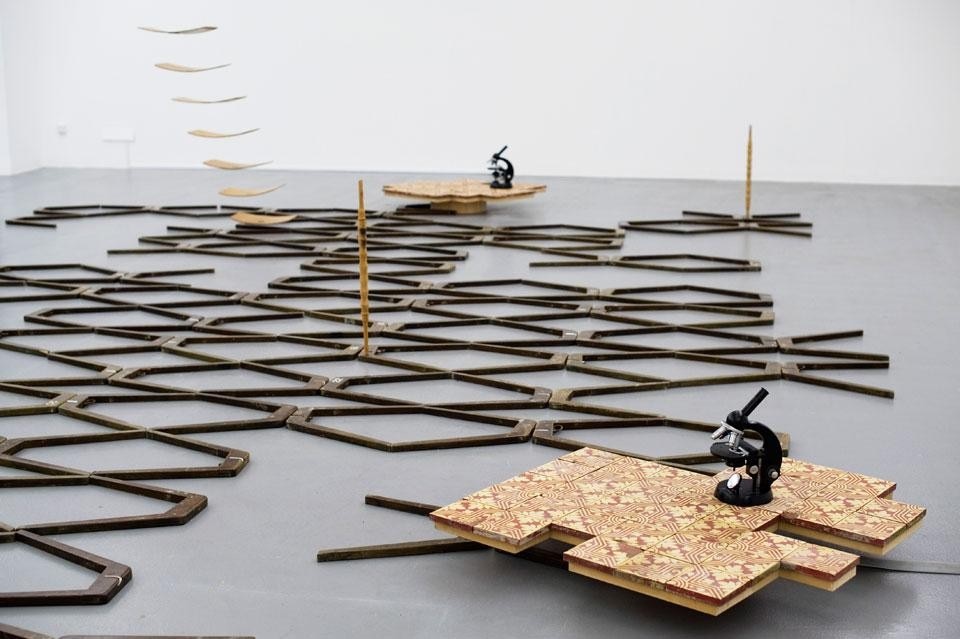"Diango Hernández. Living Rooms, a Survey" includes more than 100 works dating from 1996 to the present day, with drawings, installations, paintings, videos and two site-specific works ("Resistere" and "A house without objects"), made especially for the Mart.
One of the central themes in the artistic approach of Diango Hernández is a reflection on the traumatic and often incomplete transitions of Cuban society: the painful bequest of slavery, the contradictions of decolonisation and of the Castro revolution; the striving for a new "possible future" following the collapse of the Soviet Union.


One of the central themes in the artistic approach of Diango Hernández is a reflection on the traumatic and often incomplete transitions of Cuban society: the painful bequest of slavery, the contradictions of decolonisation and of the Castro revolution; the striving for a new 'possible future' following the collapse of the Soviet Union.

Hernández explains: "[These objects] are not incomplete merely because some of their parts are missing, but also because silence has become their permanent function. Not only in space to produce sound but to produce silence, which sometimes can be as noisy as a bomb. […] Silencing an object is tantamount to silencing a person".

With his inventions, Hernández makes maximum use of the artist's ability to create a dialogue between worlds that seem devoid of the instruments needed to come into contact.
Diango Hernández. Living Rooms, a Survey
18 November 2011–26 February 2012
MART, Rovereto

With Titano, design meets performance
The Titano aluminium range by Oknoplast continues to stand out thanks to its high-performance and minimalist design — especially when combined with the Lunar Square handle.




